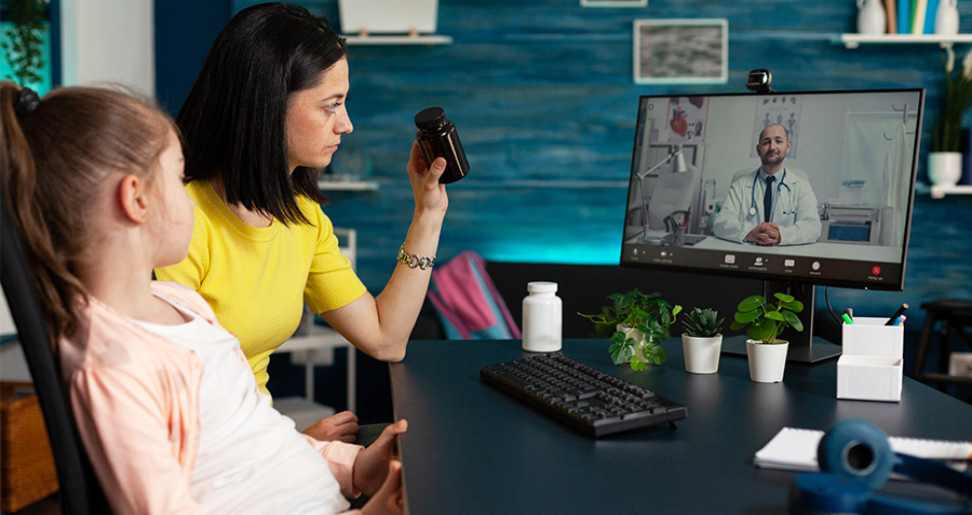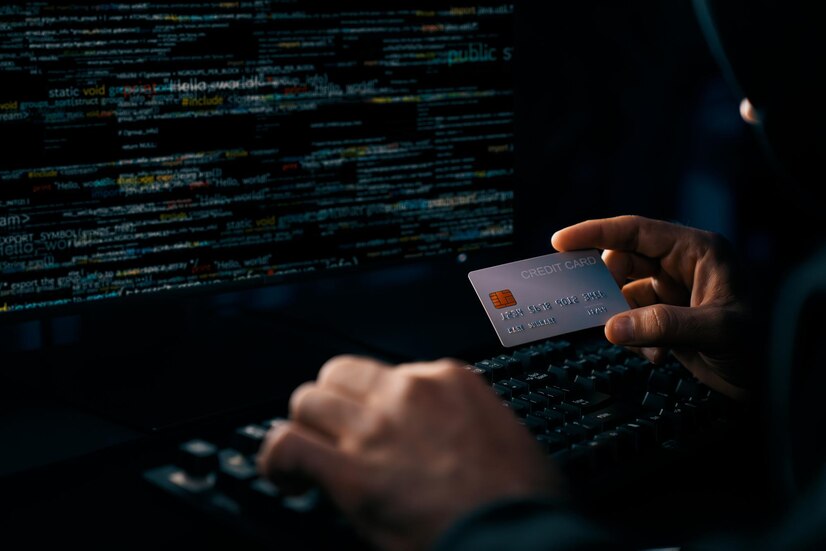Diamondexch9, Diamondexch9 Login, 11xplay Reddy Login: Telemedicine has transformed the way healthcare services are provided, offering patients convenient access to medical care without the need for physical visits to the doctor’s office. This evolution in healthcare delivery has been spurred by advancements in technology, enabling healthcare professionals to diagnose, monitor, and treat patients remotely.
The rise of telemedicine has also been influenced by the growing need for accessible and cost-effective healthcare solutions. By leveraging telecommunication tools such as video conferencing and remote monitoring devices, healthcare providers can reach patients in underserved areas and improve overall health outcomes. This shift towards telemedicine represents a fundamental change in the healthcare landscape, offering patients greater flexibility and convenience in managing their health.
� Telemedicine allows patients to consult with healthcare providers from the comfort of their own homes
� Remote monitoring devices enable healthcare professionals to track patient progress and adjust treatment plans accordingly
� Telemedicine helps reduce barriers to healthcare access for individuals living in rural or underserved areas
� The evolution of telemedicine has led to improved efficiency in healthcare delivery, saving time and resources for both patients and providers.
Benefits of Remote Patient Monitoring
Remote patient monitoring offers a significant advantage in improving patient outcomes by allowing healthcare providers to track vital signs and symptoms regularly. This real-time data enables early detection of any concerning trends or changes in a patient’s health status, leading to timely interventions and preventing potential complications.
Moreover, remote patient monitoring promotes patient engagement and self-management by empowering individuals to take a more active role in their healthcare. Through the use of wearable devices and mobile health apps, patients can easily monitor their health metrics and stay connected with their healthcare providers, fostering a sense of control over their well-being and enhancing overall treatment adherence.
What is remote patient monitoring?
Remote patient monitoring is a technology that allows healthcare providers to track a patient’s health data remotely, such as vital signs, medication adherence, and symptoms, without the patient needing to be physically present.
How does remote patient monitoring work?
11xplay, 11x Play, Mazaplay: Remote patient monitoring uses various devices, such as wearable sensors or mobile apps, to collect and transmit patient data to healthcare providers in real-time. This data allows providers to monitor a patient’s health status and intervene as needed.
What are the benefits of remote patient monitoring?
Some benefits of remote patient monitoring include improved patient outcomes, reduced hospital readmissions, increased patient engagement in their own care, and more efficient use of healthcare resources.
Is remote patient monitoring secure?
Yes, remote patient monitoring systems are designed to be secure and comply with healthcare privacy regulations, such as HIPA
Can remote patient monitoring be used for chronic disease management?
Yes, remote patient monitoring is particularly effective for managing chronic conditions, such as diabetes, hypertension, and heart disease. By monitoring patients remotely, healthcare providers can intervene early to prevent complications and improve outcomes.
Feature image source:- https://tinyurl.com/mrx9hjzz





